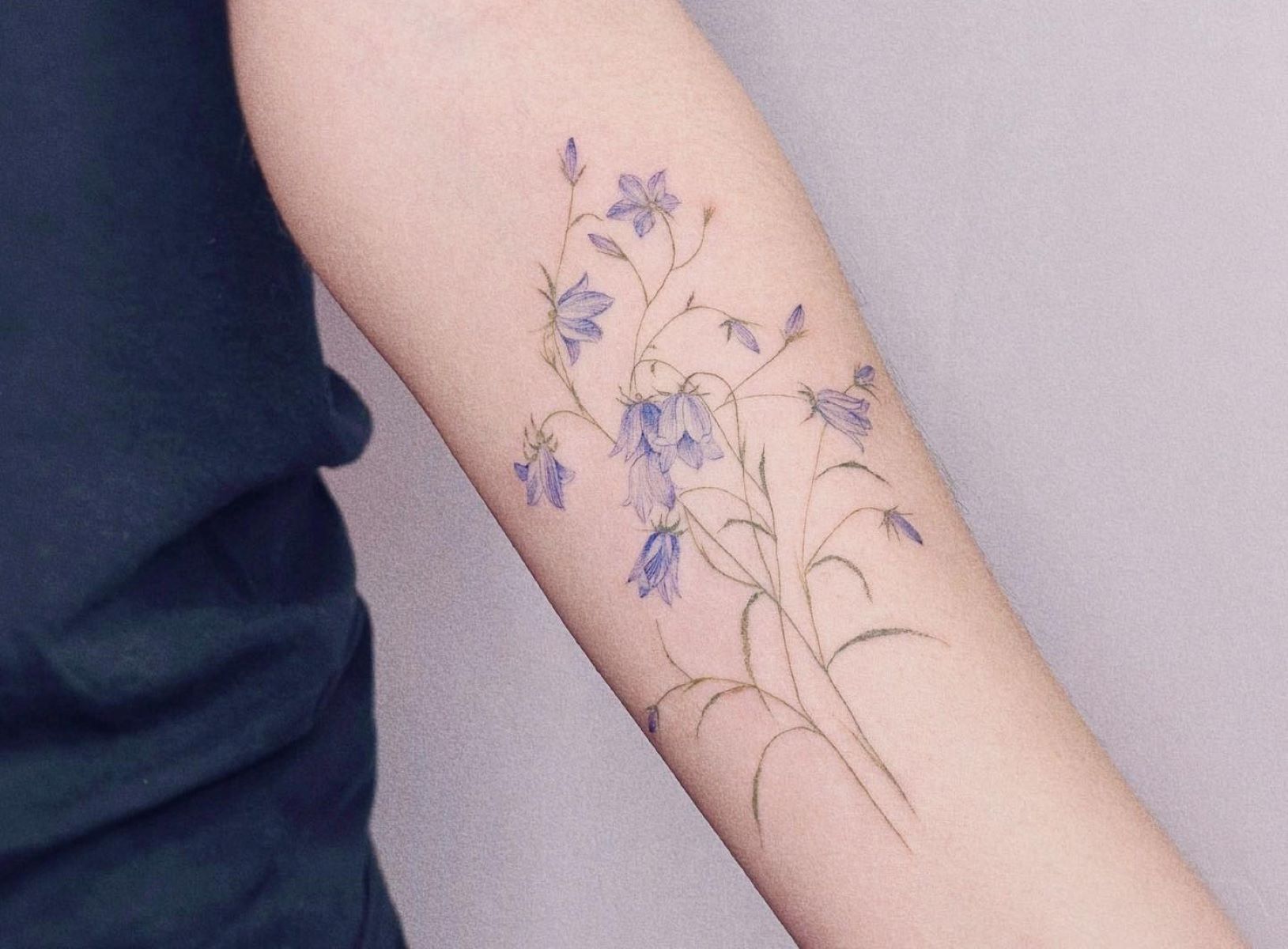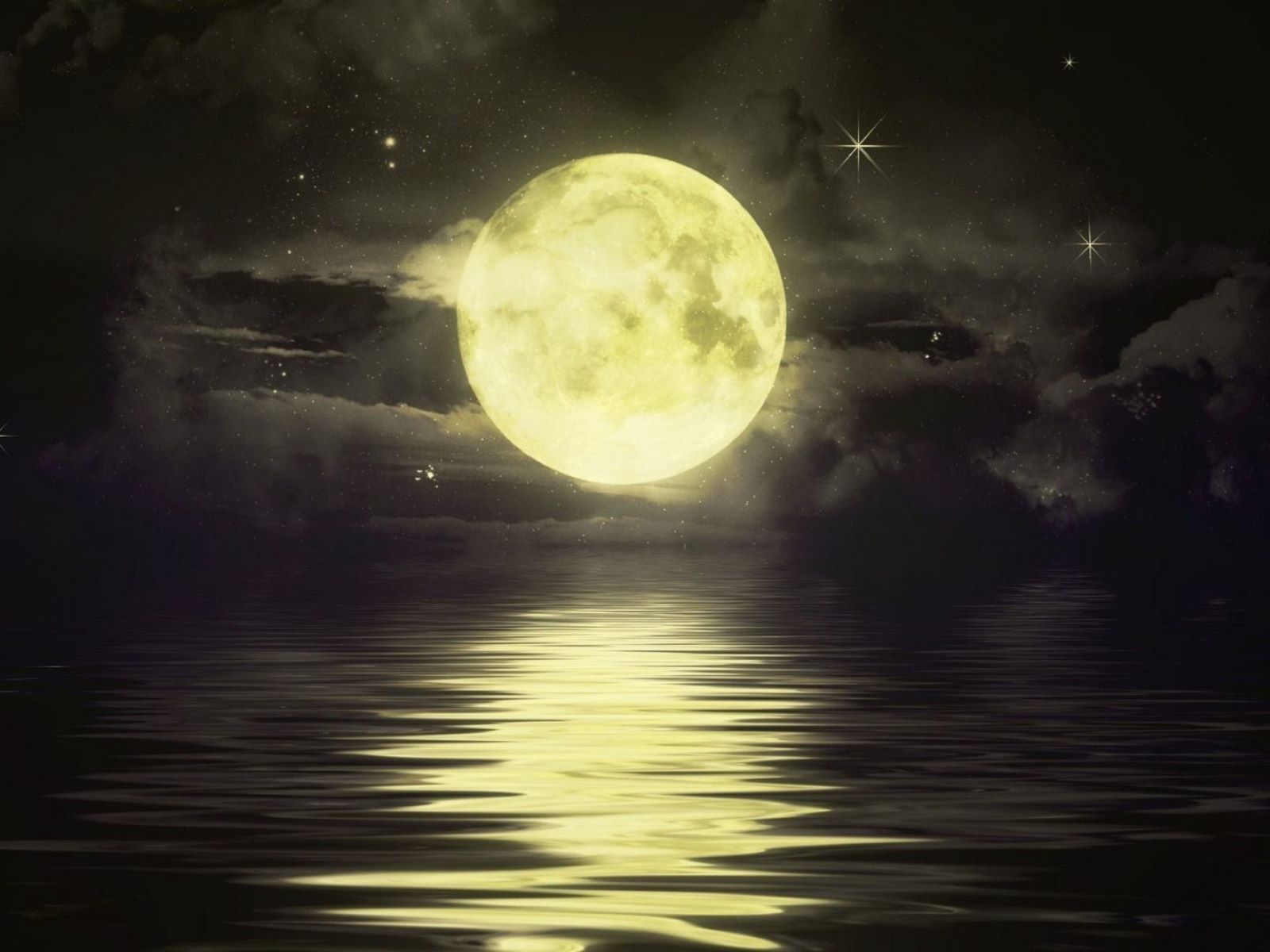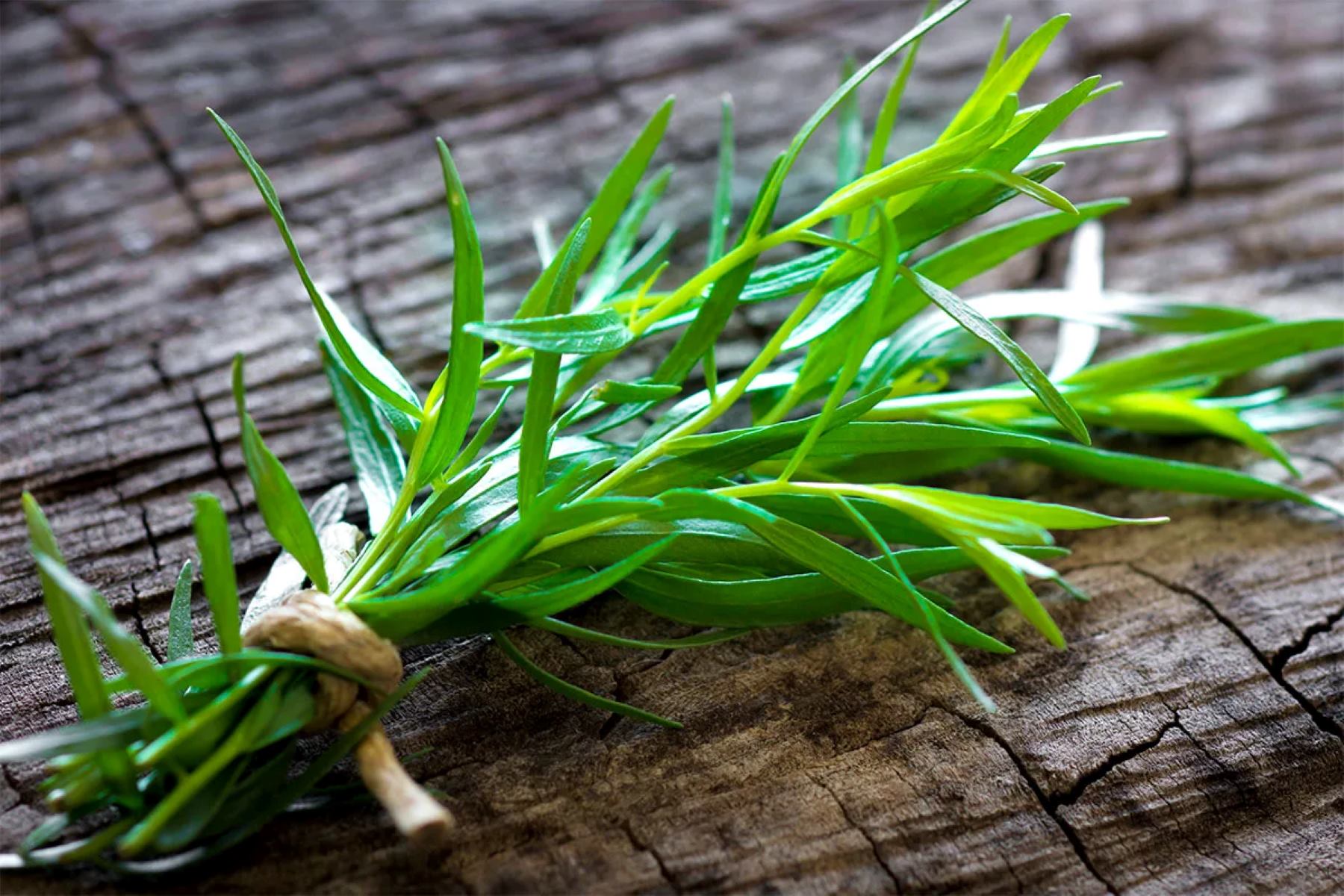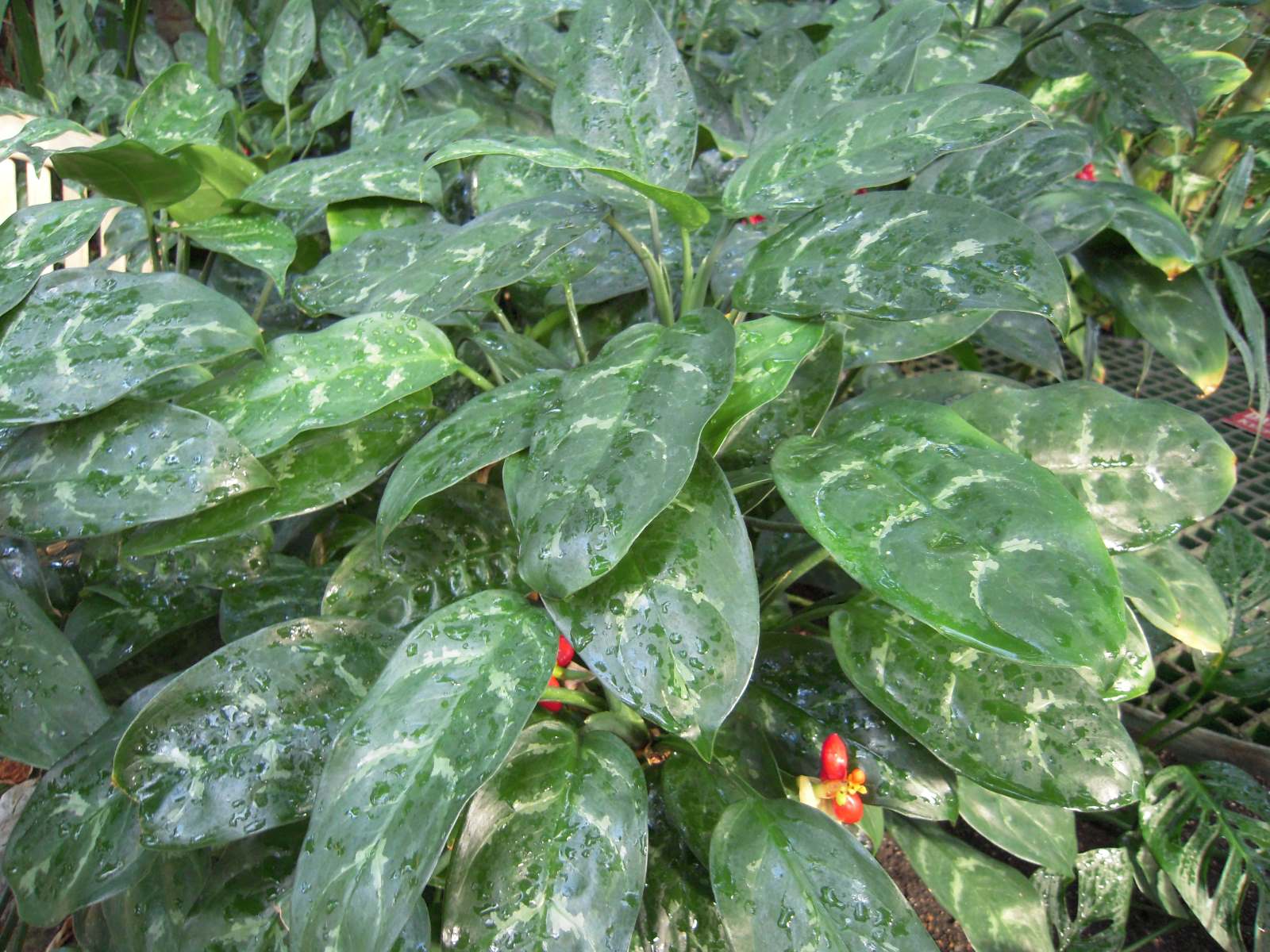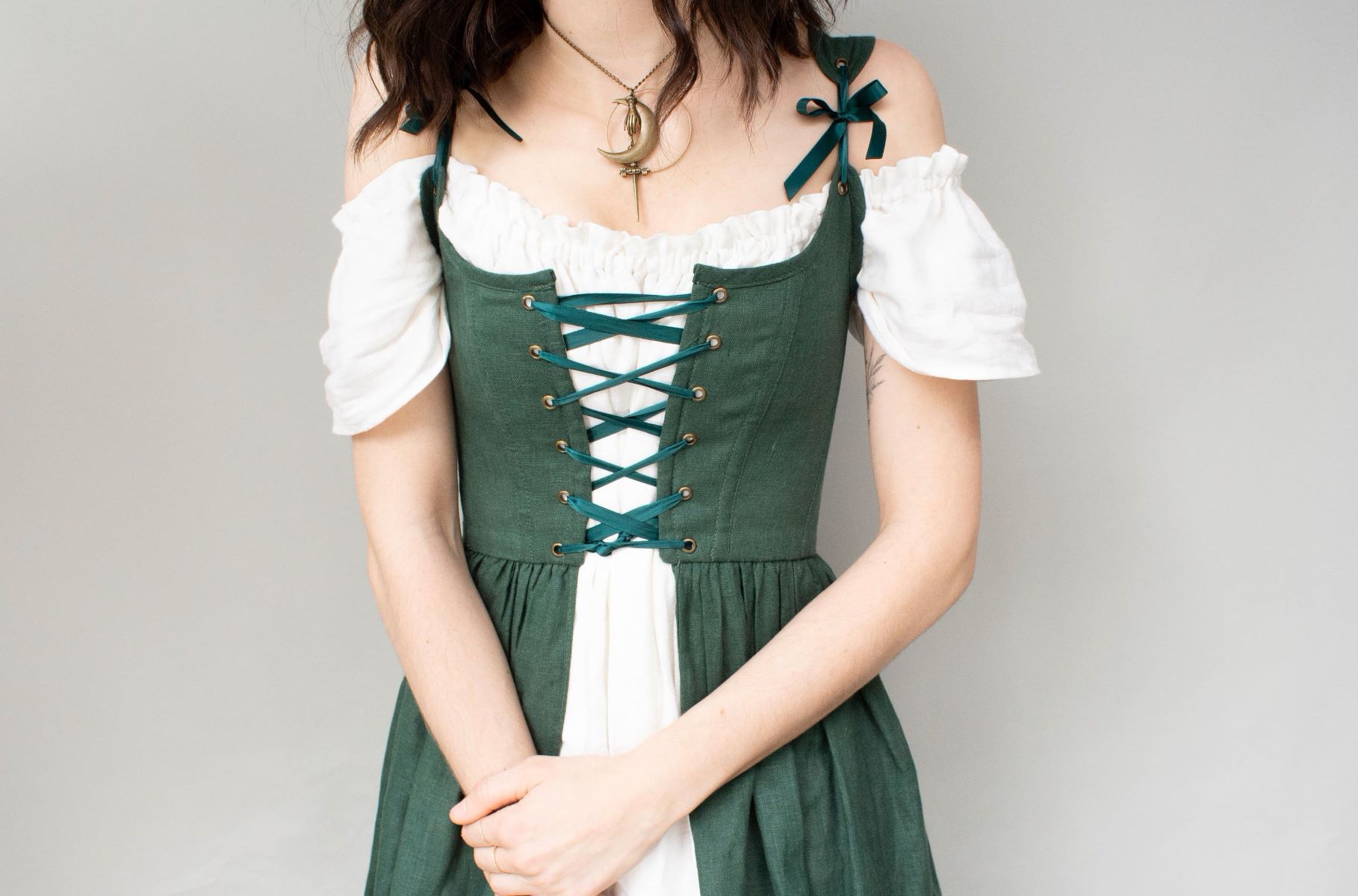Home>Home and Garden>Top 10 Flowers And Plants To Attract Hummingbirds
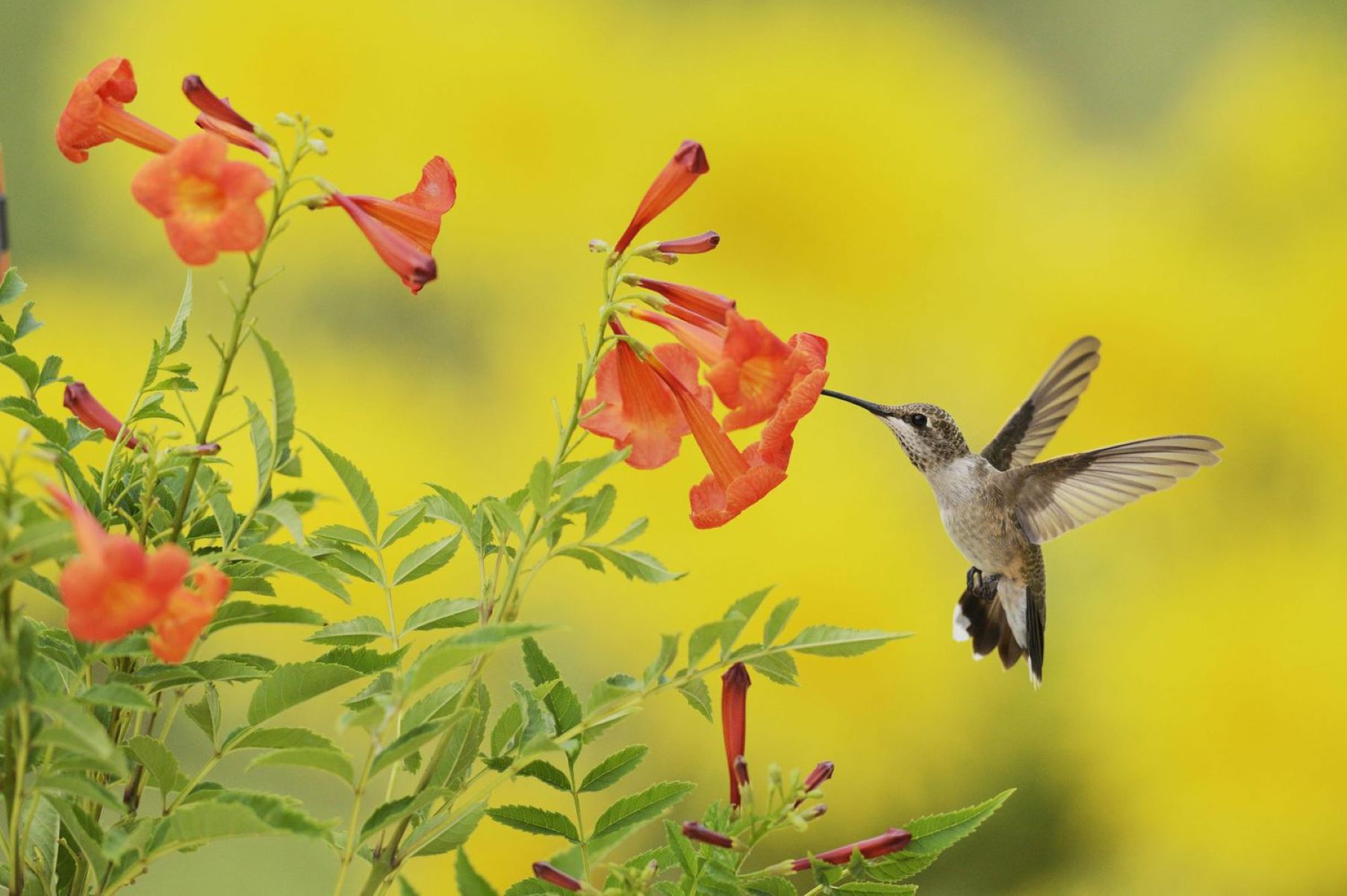

Home and Garden
Top 10 Flowers And Plants To Attract Hummingbirds
Modified: February 29, 2024
Discover the top 10 flowers and plants to enhance your home garden and attract beautiful hummingbirds. Create a vibrant and inviting environment with these stunning additions.
(Many of the links in this article redirect to a specific reviewed product. Your purchase of these products through affiliate links helps to generate commission for Regretless.com, at no extra cost. Learn more)
Table of Contents
Introduction
Attracting hummingbirds to your garden is a delightful way to bring nature's magic right to your doorstep. These tiny, iridescent birds are not only a joy to watch but also play a crucial role in pollination. By planting a variety of flowers and plants that are irresistible to hummingbirds, you can create a haven that not only beautifies your surroundings but also supports the ecological balance.
Hummingbirds are attracted to bright, tubular flowers that provide them with the nectar they need to fuel their high-energy lifestyle. These remarkable birds have an incredible metabolism and need to consume their body weight in nectar every day. By choosing the right flowers and plants, you can entice these enchanting creatures to visit your garden regularly.
In this article, we will explore the top 10 flowers and plants that are sure to captivate hummingbirds and add a splash of vibrant color to your outdoor space. From the striking red blooms of the cardinal flower to the delicate allure of the bleeding heart, each of these plants offers a unique appeal that will draw hummingbirds in for a closer look. Get ready to transform your garden into a hummingbird hotspot with these irresistible floral selections.
Read more: 10 Deadly Flowers That Could Harm Your Cat!
Bee Balm
Bee balm, also known as Monarda, is a stunning perennial plant that holds a special allure for hummingbirds. Its vibrant, tubular flowers in shades of red, pink, and purple are irresistible to these tiny birds. The tubular shape of the bee balm's flowers is perfectly suited to the long, slender bills of hummingbirds, allowing them to easily access the nectar hidden within.
This plant not only adds a burst of color to your garden but also emits a delightful fragrance that wafts through the air, creating an inviting atmosphere for both humans and hummingbirds. Bee balm is a versatile addition to any garden, thriving in both sunny and partially shaded areas.
One of the key attractions of bee balm is its extended blooming period, which can last from mid-summer well into the fall. This prolonged flowering season ensures a consistent nectar source for visiting hummingbirds, making it a reliable choice for attracting these delightful creatures to your garden.
In addition to its visual and olfactory appeal, bee balm is also known for its medicinal properties. The leaves of this plant can be brewed into a fragrant tea that offers a range of health benefits, including soothing digestive issues and promoting relaxation. This dual-purpose plant adds a touch of practicality to its ornamental charm, making it a valuable asset to any garden.
Whether planted in clusters or scattered throughout a flower bed, bee balm creates a captivating display that is sure to catch the eye of any passing hummingbird. By incorporating this striking plant into your garden, you can create an inviting oasis that not only supports the local ecosystem but also provides a visual feast for both humans and hummingbirds alike.
Salvia
Salvia, commonly referred to as sage, encompasses a diverse group of plants that are renowned for their aromatic foliage and striking flowers. These versatile perennials are a favorite among hummingbirds due to their tubular, nectar-rich blossoms that provide an irresistible food source for these enchanting birds.
One of the key attractions of salvia is its wide range of colors and sizes, offering a plethora of options for gardeners seeking to create a hummingbird-friendly environment. From the vibrant red hues of Salvia coccinea to the soothing blues of Salvia farinacea, there is a salvia variety to suit every garden palette. The long, tubular flowers of salvia are perfectly adapted to accommodate the slender bills of hummingbirds, allowing them to easily access the sweet nectar within.
In addition to their visual appeal, salvias are also valued for their resilience and adaptability. These hardy plants thrive in a variety of climates and soil conditions, making them a versatile choice for gardeners across different regions. Whether planted in full sun or partial shade, salvias are known for their ability to flourish and bloom profusely, providing a consistent source of nectar for visiting hummingbirds.
Furthermore, many salvia varieties are known for their aromatic foliage, which releases a pleasant fragrance when brushed against or crushed. This aromatic quality adds an extra dimension of allure to these plants, creating an immersive sensory experience for both humans and hummingbirds. The fragrant leaves of salvias can also be harvested and used in culinary applications, adding a flavorful touch to a variety of dishes.
Salvias are not only a feast for the senses but also play a vital role in supporting local biodiversity. By attracting hummingbirds to your garden, these plants contribute to the essential task of pollination, helping to sustain the ecological balance of the surrounding area. The presence of hummingbirds also adds a touch of natural wonder to your outdoor space, creating a dynamic and vibrant ecosystem that is a joy to behold.
Incorporating salvias into your garden is a surefire way to entice hummingbirds and infuse your outdoor space with a burst of color and fragrance. With their captivating blooms, aromatic foliage, and ecological significance, salvias stand as a beacon for both humans and hummingbirds, creating an enchanting haven that celebrates the beauty of nature.
Cardinal Flower
The cardinal flower, scientifically known as Lobelia cardinalis, stands as a beacon of vibrant beauty and allure in the world of hummingbird-attracting plants. This striking perennial, native to North America, captivates both gardeners and hummingbirds with its intense red blooms that are perfectly suited to the discerning tastes of these tiny avian visitors.
The cardinal flower's brilliant red blossoms, arranged in long, tubular clusters, serve as a natural magnet for hummingbirds, drawing them in with the promise of abundant nectar. The tubular shape of the cardinal flower's blooms is ideally adapted to accommodate the slender, specialized bills of hummingbirds, allowing them to access the sweet nectar hidden within the depths of the flowers.
In addition to its visual allure, the cardinal flower boasts a robust and resilient nature, making it a valuable addition to any garden. This hardy perennial thrives in moist, well-drained soil and is well-suited to both sunny and partially shaded areas, offering flexibility in terms of garden placement. Its ability to flourish in a variety of conditions makes it an accessible choice for gardeners seeking to create a welcoming habitat for hummingbirds.
The cardinal flower's blooming period, which typically spans from mid-summer to early fall, ensures a sustained source of nectar for visiting hummingbirds, making it a dependable and attractive option for those seeking to entice these delightful creatures to their garden. Furthermore, the cardinal flower's ability to self-seed and naturalize in suitable conditions adds a touch of effortless charm to its appeal, allowing it to thrive and multiply with minimal intervention.
Beyond its role in attracting hummingbirds, the cardinal flower also contributes to the broader ecological landscape. As a native plant, it plays a vital role in supporting local biodiversity and serves as an essential component of the natural ecosystem. By cultivating cardinal flowers in your garden, you not only create a haven for hummingbirds but also contribute to the preservation of native plant species and the promotion of a healthy and balanced environment.
With its striking visual presence, specialized nectar-rich blooms, and ecological significance, the cardinal flower stands as a testament to the captivating beauty and functional value of plants in the natural world. By incorporating this remarkable perennial into your garden, you can create an inviting sanctuary that celebrates the enchanting allure of hummingbirds and the enduring splendor of nature.
Trumpet Vine
The trumpet vine, scientifically known as Campsis radicans, is a dazzling and vigorous flowering vine that holds an irresistible allure for hummingbirds. This deciduous vine, native to the southeastern United States, boasts an impressive display of vibrant, trumpet-shaped flowers that are perfectly suited to the feeding habits of hummingbirds. The long, tubular blossoms of the trumpet vine serve as a natural beacon, drawing hummingbirds to their abundant nectar with an irresistible appeal.
One of the key attractions of the trumpet vine is its profuse and striking blooms, which typically appear in shades of fiery red, orange, or yellow. These bold and flamboyant flowers create a dramatic visual impact, adding a burst of color and vibrancy to any garden landscape. The tubular shape of the trumpet vine's blossoms is specifically adapted to accommodate the slender bills of hummingbirds, allowing them to access the rich nectar concealed within the depths of the flowers.
In addition to its visual allure, the trumpet vine is renowned for its resilience and adaptability, making it a valuable addition to any garden. This vigorous vine thrives in full sun and well-drained soil, and once established, it displays a remarkable tolerance for drought and heat. Its vigorous growth habit and ability to climb and cover vertical surfaces make it an ideal choice for trellises, fences, and arbors, providing a stunning backdrop for the captivating display of hummingbird activity.
The trumpet vine's extended blooming period, which typically spans from mid-summer to early fall, ensures a sustained source of nectar for visiting hummingbirds, making it a reliable and attractive option for those seeking to entice these delightful creatures to their garden. Furthermore, the trumpet vine's ability to attract a diverse array of pollinators, including bees and butterflies, adds an extra dimension of ecological significance to its appeal, contributing to the overall biodiversity of the garden ecosystem.
With its vibrant and nectar-rich blooms, resilient growth habit, and ecological significance, the trumpet vine stands as a testament to the captivating beauty and functional value of plants in the natural world. By incorporating this striking vine into your garden, you can create an inviting sanctuary that celebrates the enchanting allure of hummingbirds and the enduring splendor of nature.
Columbine
Columbine, scientifically known as Aquilegia, is a charming and graceful perennial flower that holds a unique appeal for hummingbirds. With its delicate, bell-shaped blossoms and intricate spurs, columbine presents an alluring spectacle that captivates both gardeners and these tiny avian visitors.
One of the most distinctive features of columbine is the intricate structure of its flowers, which consists of five distinct petals that extend backward into elongated spurs. These spurs contain the nectar that hummingbirds find irresistible, drawing them in with the promise of a sweet and nourishing treat. The tubular shape of the columbine's spurs is ideally adapted to accommodate the slender bills of hummingbirds, allowing them to access the hidden nectar with ease.
Columbine's blooms come in a variety of colors, including shades of red, pink, purple, blue, and yellow, offering a diverse palette for gardeners to choose from. This wide range of colors adds a vibrant and dynamic dimension to any garden landscape, creating a visually captivating display that is sure to catch the eye of any passing hummingbird.
In addition to its visual allure, columbine is valued for its ability to thrive in a variety of growing conditions, making it a versatile and accessible choice for gardeners. This resilient perennial can adapt to both sunny and partially shaded areas, and its low maintenance requirements make it an attractive option for those seeking to create a welcoming habitat for hummingbirds.
Furthermore, columbine's extended blooming period, which typically spans from late spring to early summer, ensures a sustained source of nectar for visiting hummingbirds, making it a reliable and attractive option for those seeking to entice these delightful creatures to their garden. The delicate and graceful nature of columbine's blooms adds a touch of elegance to any garden setting, creating an enchanting oasis that celebrates the beauty of nature.
By incorporating columbine into your garden, you can create an inviting sanctuary that celebrates the enchanting allure of hummingbirds and the enduring splendor of nature. With its delicate and nectar-rich blooms, versatile growing habits, and ecological significance, columbine stands as a testament to the captivating beauty and functional value of plants in the natural world.
Bleeding Heart
The Bleeding Heart, scientifically known as Lamprocapnos spectabilis, is a captivating and distinctive perennial plant that holds a special allure for both gardeners and hummingbirds. Renowned for its unique heart-shaped blooms in shades of pink and white, the Bleeding Heart presents a mesmerizing spectacle that captivates the eye and draws in these tiny avian visitors with its abundant nectar.
One of the most striking features of the Bleeding Heart is its unusual flower structure, which resembles delicate, dangling hearts that seem to bleed from the tips. This distinctive form, coupled with the vibrant coloration, creates an enchanting visual display that is sure to catch the attention of any passing hummingbird. The unique shape of the Bleeding Heart's flowers, with their elongated outer petals and protruding inner petals, provides an accessible and alluring nectar source for hummingbirds, inviting them to indulge in the sweet sustenance it offers.
In addition to its visual allure, the Bleeding Heart is valued for its graceful and elegant growth habit, making it an exquisite addition to any garden landscape. This resilient perennial thrives in partially shaded areas, where its delicate foliage and pendulous blooms create a tranquil and enchanting atmosphere. The Bleeding Heart's ability to flourish in shaded environments makes it a valuable choice for gardeners seeking to create a welcoming habitat for hummingbirds in areas with limited direct sunlight.
Furthermore, the Bleeding Heart's extended blooming period, which typically spans from late spring to early summer, ensures a sustained source of nectar for visiting hummingbirds, making it a reliable and attractive option for those seeking to entice these delightful creatures to their garden. The delicate and graceful nature of the Bleeding Heart's blooms adds a touch of elegance to any garden setting, creating an enchanting oasis that celebrates the beauty of nature.
By incorporating the Bleeding Heart into your garden, you can create an inviting sanctuary that celebrates the enchanting allure of hummingbirds and the enduring splendor of nature. With its distinctive and nectar-rich blooms, graceful growth habits, and ecological significance, the Bleeding Heart stands as a testament to the captivating beauty and functional value of plants in the natural world.
Fuchsia
Fuchsia, a genus of flowering plants that encompasses over 100 different species, stands as a beacon of beauty and allure in the world of hummingbird-attracting flora. These versatile and visually captivating plants are renowned for their pendulous, bell-shaped flowers, which come in a stunning array of colors, including vibrant shades of pink, purple, and red. The unique form and vibrant hues of fuchsia blooms create an irresistible spectacle that not only captivates the eye but also draws hummingbirds in with the promise of abundant nectar.
One of the key attractions of fuchsias is their intricate and elegant flower structure, which features long, tubular blossoms that are perfectly suited to the feeding habits of hummingbirds. The tubular shape of the fuchsia's flowers provides an ideal platform for hummingbirds to access the rich nectar concealed within, making these plants an irresistible draw for these delightful avian visitors. The pendulous nature of fuchsia blooms adds a dynamic dimension to their allure, creating a visually dramatic display that is sure to catch the attention of any passing hummingbird.
In addition to their visual appeal, fuchsias are valued for their versatility and adaptability, making them a valuable addition to any garden. These flowering plants are available in a variety of forms, including trailing, upright, and bushy varieties, offering a range of options for gardeners seeking to create a hummingbird-friendly environment. Their ability to thrive in containers, hanging baskets, or garden beds makes them a flexible and accessible choice for gardeners with diverse outdoor spaces.
Furthermore, fuchsias are known for their extended blooming period, which typically spans from late spring to early fall, ensuring a sustained source of nectar for visiting hummingbirds. The profusion of blooms and the prolonged flowering season make fuchsias a reliable and attractive option for those seeking to entice these delightful creatures to their garden. The delicate and elegant nature of fuchsia blooms adds a touch of charm and sophistication to any garden setting, creating an enchanting oasis that celebrates the beauty of nature.
By incorporating fuchsias into your garden, you can create an inviting sanctuary that celebrates the enchanting allure of hummingbirds and the enduring splendor of nature. With their distinctive and nectar-rich blooms, versatile growth habits, and ecological significance, fuchsias stand as a testament to the captivating beauty and functional value of plants in the natural world.
Penstemon
Penstemon, commonly known as beardtongue, is a diverse and captivating genus of flowering plants that holds a special allure for hummingbirds. These striking perennials are renowned for their tubular, nectar-rich blossoms, which come in a wide range of colors, including vibrant shades of red, pink, purple, and blue. The unique form and vibrant hues of penstemon blooms create an irresistible spectacle that not only captivates the eye but also draws hummingbirds in with the promise of abundant nectar.
One of the key attractions of penstemon is its adaptability and resilience, making it a valuable addition to any garden. These versatile plants thrive in a variety of growing conditions, from full sun to partial shade, and are well-suited to a range of soil types. Their ability to flourish in diverse environments makes them an accessible and attractive choice for gardeners seeking to create a welcoming habitat for hummingbirds.
In addition to their visual appeal, penstemons are valued for their extended blooming period, which typically spans from late spring to early summer. This prolonged flowering season ensures a sustained source of nectar for visiting hummingbirds, making penstemons a reliable and attractive option for those seeking to entice these delightful creatures to their garden. The tubular shape of penstemon flowers is ideally adapted to accommodate the slender bills of hummingbirds, allowing them to access the rich nectar concealed within the depths of the blossoms.
Furthermore, penstemons are known for their low maintenance requirements, making them an appealing choice for gardeners looking to create a vibrant and dynamic garden landscape without excessive upkeep. Their resilience and ability to thrive with minimal intervention add a touch of practicality to their ornamental charm, making them a valuable asset to any garden.
By incorporating penstemons into your garden, you can create an inviting sanctuary that celebrates the enchanting allure of hummingbirds and the enduring splendor of nature. With their distinctive and nectar-rich blooms, adaptable growth habits, and ecological significance, penstemons stand as a testament to the captivating beauty and functional value of plants in the natural world.
Lantana
Lantana, a genus of flowering plants comprising over 150 species, stands as a radiant and captivating addition to any garden seeking to allure hummingbirds. These resilient and visually stunning perennials are renowned for their clusters of vibrant, multi-colored blooms, which encompass a spectrum of hues including shades of red, orange, yellow, and pink. The intricate, umbrella-like flower heads of lantana create an irresistible spectacle that not only captivates the eye but also draws hummingbirds in with the promise of abundant nectar.
One of the key attractions of lantana is its prolonged blooming season, which typically spans from late spring well into the fall. This extended flowering period ensures a sustained source of nectar for visiting hummingbirds, making lantana a reliable and attractive option for those seeking to entice these delightful creatures to their garden. The compact clusters of tiny, tubular flowers that form the distinctive flower heads of lantana are perfectly suited to accommodate the slender bills of hummingbirds, allowing them to access the rich nectar concealed within the depths of the blossoms.
In addition to their visual allure, lantanas are valued for their resilience and adaptability, making them a valuable addition to any garden. These hardy plants thrive in full sun and well-drained soil, and once established, they display remarkable tolerance for heat and drought. Their ability to flourish in a variety of growing conditions makes them an accessible and attractive choice for gardeners seeking to create a welcoming habitat for hummingbirds.
Furthermore, lantanas are known for their low maintenance requirements, making them an appealing choice for gardeners looking to create a vibrant and dynamic garden landscape without excessive upkeep. Their ability to attract a diverse array of pollinators, including bees and butterflies, adds an extra dimension of ecological significance to their appeal, contributing to the overall biodiversity of the garden ecosystem.
By incorporating lantanas into your garden, you can create an inviting sanctuary that celebrates the enchanting allure of hummingbirds and the enduring splendor of nature. With their distinctive and nectar-rich blooms, resilient growth habits, and ecological significance, lantanas stand as a testament to the captivating beauty and functional value of plants in the natural world.
